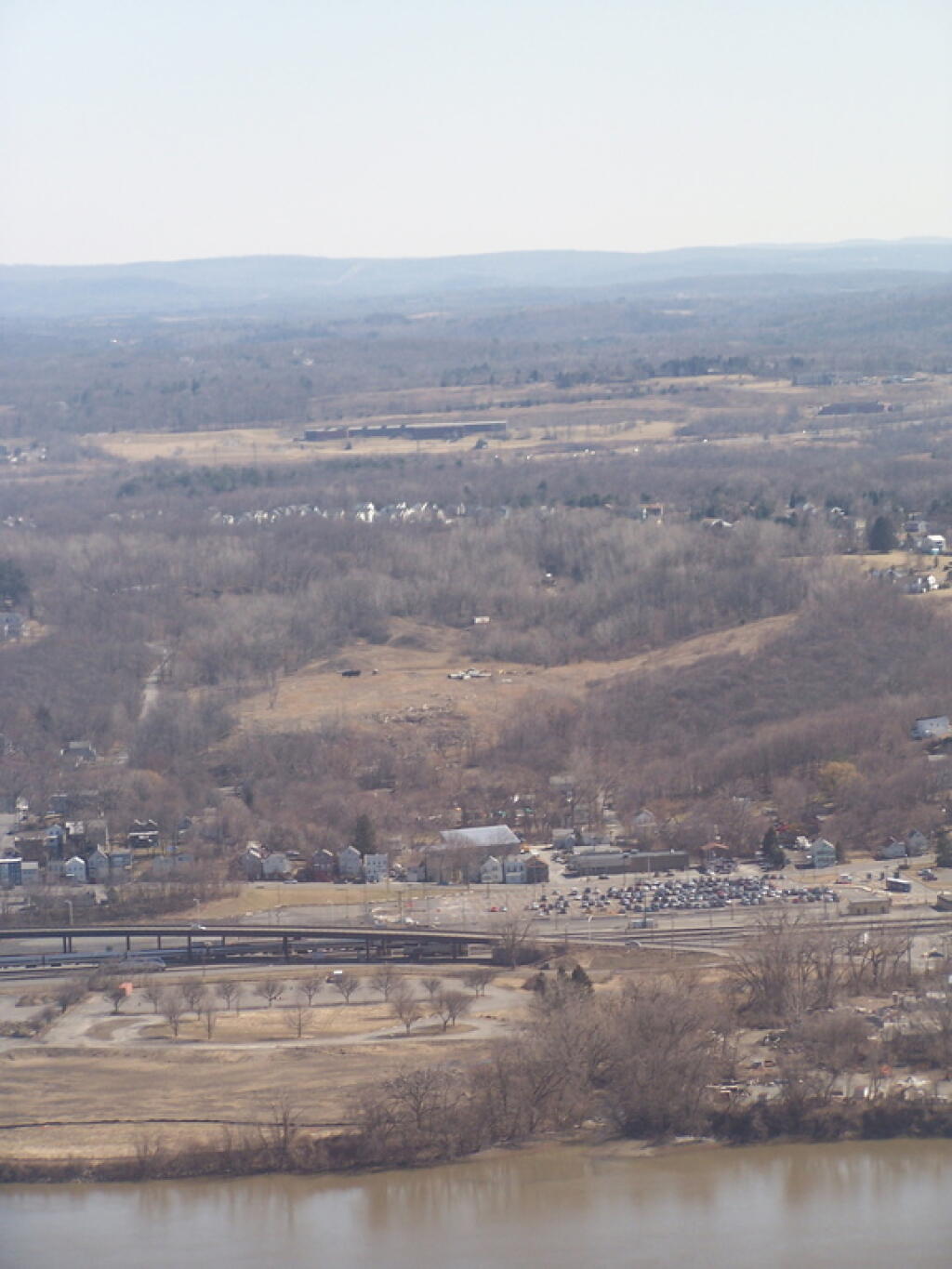Good morning! Happy Saturday. Finally the weekend! Two weeks to Average High is 50 🌸. Mostly cloudy ⛅ and 37 degrees in Delmar, NY. There is a west-northwest breeze at 15 mph. 🍃 with gusts up to 25 mph 💨💨💨. Temperatures will drop below freezing at tomorrow around 3 am. ☃️
Its just not a particularly nice morning with the clouds ☁ and the wind 🍃. I decided to call off going to Schoharie or Madison County for this week because it doesn’t look really sunny out there for most of the weekend and the wind will make things kind of raw. Plus all the mud and fields covered with cow shit 🐮 and gray skies can be a bit depressing.
Today will be partly cloudy ⛅, with a high of 53 degrees at 4pm. 10 degrees above normal, which is similar to a typical day around April 3rd. West wind 15 to 18 mph, with gusts as high as 31 mph. A year ago, we had mostly sunny skies in the morning, remaining cloudy in the afternoon. The high last year was 59 degrees. The record high of 75 was set in 1946. 17 inches of snow fell back in 2017.❄
I am going to play it by ear 👂 but I don’t expect a real nice weather day although I’ll probably walk out to Five Rivers later. I have some mapping to do, and I am going to read the Rapp Road DEIS more but I’m not a scientist so I don’t know what to really object to but in general.
Solar noon 🌞 is at 1:05 pm with sun having an altitude of 45.1° from the due south horizon (-25.7° vs. 6/21). A six foot person will cast a 6 foot shadow today compared to 2.2 feet on the first day of summer. The golden hour 🏅 starts at 6:24 pm with the sun in the west (262°). 📸 The sunset is in the west (268°) starting at 6:59 pm and lasts for 2 minutes and 54 seconds with dusk around 7:29 pm, which is one minute and 10 seconds later than yesterday. 🌇 The best time to look at the stars is after 8:02 pm. At sunset, look for partly cloudy skies 🌃 and temperatures around 44 degrees. There will be a west-northwest breeze at 15 mph. Today will have 11 hours and 53 minutes of daytime, an increase of 2 minutes and 54 seconds over yesterday.
Tonight will be mostly cloudy 🌥, with a low of 28 degrees at 6am. Three degrees above normal, which is similar to a typical night around March 22nd. Northwest wind 7 to 13 mph. In 2019, we had mostly clear skies in the evening, which became rain by the early hours of the morning. It got down to 44 degrees. The record low of 1 occurred back in 1993.
Today in 1900, the Gold Standard Act is ratified, placing United States currency on the gold standard. 💱 Historians and economists say it was a terrible policy because it hand cuffed the federal reserve to keep them from addressing the financial situation of the Great Depression.
🌹🌻🌼Only 5 days remain until the first day of calendar spring!🌹🌻🌼
As previously noted, there are 2 weeks until Average High is 50 🌸 when the sun will be setting at 7:17 pm with dusk at 7:45 pm. On that day in 2019, we had partly cloudy and temperatures between 55 and 33 degrees. Typically, the high temperature is 50 degrees. We hit a record high of 85 back in 1945.

